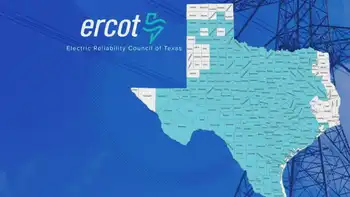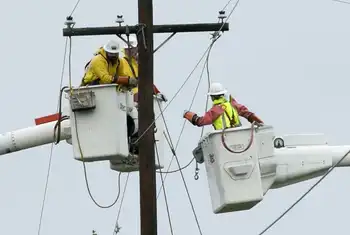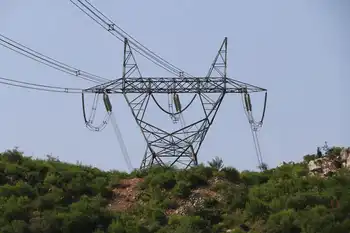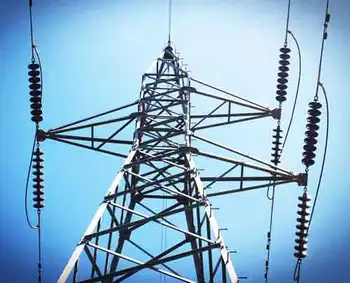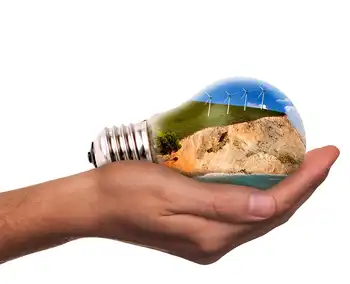How often lightning can be lethal?
By Globe and Mail
CSA Z462 Arc Flash Training - Electrical Safety Essentials
Our customized live online or in‑person group training can be delivered to your staff at your location.

- Live Online
- 6 hours Instructor-led
- Group Training Available
About 10 percent of people struck by lightning actually die. In the United States, this amounts to about 60 people (taken over a 30-year average) a year; in Canada, about 10 people per year. So, we estimate lightning injures about 600 people in the USA and 100 in Canada each year.
Lightning delivers a massive pulse of electricity. It can kill or injure a nearby person, either:
• by striking her directly, causing gigantic currents to surge through the body; or
• by striking something connected to her, such as a pipe carrying water to her shower or a wire conducting electricity to an electrical appliance she is holding. She then completes the circuit to ground, and huge currents flow through her body.
Lightning kills, primarily, by interrupting the heart's rhythm. The heart stops, or perhaps beats erratically, and breathing may cease. The heart can start up on its own, but breathing does not. If no one is there to help the victim, the lack of oxygen and possible nerve damage can cause the heart to stop, permanently.
In addition to jumbling electrical signals controlling heart beat and breathing, lightning can cause currents to flow through the brain, firing and possibly permanently damaging synapses. "If brain damage is severe, coma may develop. Typically, the person awakens but does not remember what happened before the injury. The person may be confused, think slowly, and have difficulty concentrating and remembering recent events. Personality changes may occur," says the Merck Medical Manuals.
Thunder noise and rapidly expanding air often perforate a person's eardrums. Electrical current passing over a body can:
• damage eyes, including creating cataracts;
• injure the nervous system so both legs become temporarily paralyzed, blue and numb;
• burn skin with a feathering, branching pattern, consisting of pinpoint spots like a cigarette burn, or streaks where sweat has boiled into steam.
The safest place to be during a lightning storm is inside a large, enclosed building (like a house) but not touching anything that conducts electricity (water, pipes or wires, for example) or in an enclosed metal car (not a convertible) or truck with the windows rolled up.
The riskiest place is in open terrain; next riskiest is under a tree. Florida usually has the most lightning strikes and fatalities of the 50 states, though, in 2006, Colorado tied Florida for the number of fatalities (5).
What are the risks of being struck by lightning?
Each year, lightning strikes 600 people, on the average, in the United States. The U.S. Census Bureau estimates the population in 2007 to be about 300,000,000. So, the odds of lightning striking a person in a year is about 600 / 300,000,000
1 / 500,000 or 1 in 500 thousand, states meteorologist John Jensenius of the NOAA and the National Weather Service.
The probability of lightning striking us over an 80-year lifetime is about 1 in 6,000.
Over the past 30 years, lightning killed more people in the U.S. than tornadoes or hurricanes, says Jensenius.
Similarly, lightning strikes 100 Canadians each year. Canada's national statistical agency (Statistics Canada) estimates the Canadian population in 2008 to be about 33,000,000. So the odds of lightning striking a Canadian in a year is about one in 300 thousand and over an 80-year lifetime is about 1 in 4,000.






